We tried ‘fighting China’ with lower budgets. It didn’t go well.
Tabletop exercises hosted by the Center for Strategic and Budgetary Assessments offer one big lesson for the fiscal 2026 spending plan.

This first budget submission will surely reflect the administration’s interim strategic guidance, which reportedly downgrades Europe relative to Asia. It will also showcase the administration’s ongoing push to shrink the Defense Department civilian workforce. Most importantly, it will reflect the results of the 8-percent spending shift directed by Secretary Hegseth. In February, he tasked defense organizations to prepare lists of lower-priority activities totaling 8 percent of their 2026–2030 projected budgets—some $365 billion over five years that may be reallocated elsewhere. He also identified 17 high-priority areas that were to be protected from funding reductions.
The Center for Strategic and Budgetary Assessments got some early insight into the hard choices involved with the skinny budget and spending relook. Back in January, we conducted an exercise to assess how to adjust defense spending to meet the China challenge. Participants joined from across the U.S. government, defense industry, and think tank community. They wrestled with what to fund based on different strategies for stopping a Chinese invasion of Taiwan and different trajectories for defense budgets.
Our exercise results, which mirror results from the more than 75 budget exercises that we have conducted since 2011, carry one big lesson about the size of the Defense Department’s budget, which remains the ultimate arbiter of whether the Pentagon can meet all its obligations with acceptable levels of risk.
The lesson is that a real topline increase of just 2 percent could fund a real increase in the Pentagon’s ability to deter or fight China. The extra money would enable larger allocations to key efforts—long-range strike aircraft, submarines, munitions, and military infrastructure, and more—while minimizing, although not avoiding, cuts to less critical areas such as older weapons, ground forces, and civilian personnel.
The coin, of course, has a flip side. With flat or lower budgets, there is no consequence-free way to increase funding for the top-priority investments identified by our exercise (and by Secretary Hegseth). Savings from scuttling diversity activities, shelving climate-change efforts, and raising efficiency amount to pennies on the dollar. Eliminating excess facilities would take time and would face inevitable resistance from Congress.
So the discussion would turn to riskier tradeoffs, like near-term vs. future readiness.
For years, many strategists believed that the United States ought to emphasize investments in cutting-edge capabilities while reducing the size of current forces, if necessary, to finance investments in qualitative military superiority. These strategists reasoned that the United States likely had time before it might face off militarily with China, so it could stand to take risk now to reduce risk later.
These arguments were compelling when made years ago. Today, however, the United States has run out of time. The odds of facing a serious military challenge from China in the next five years are high enough that one cannot be cavalier about cutting any part of the current force that might contribute to U.S. victory in that confrontation. The strategy of mortgaging present preparedness for future preparedness had its heyday, but that heyday is over.
A second risky tradeoff involves balancing the efforts to modernize our nuclear and conventional forces. After years of deferring the recapitalization of America’s strategic deterrent, the bill is coming due. That bill might not be nearly as large as critics suggest when put into the proper context of a three-decade timeline. But with flat or declining budgets, something will need to give to support the military services’ conventional modernization plans. The result could be risks that many American strategists would consider intolerable.
Although changes in the security environment are often overstated, the United States is on the verge of facing a truly unique and extremely worrisome development: the existence of two peer competitors in the nuclear domain. Russia, long Washington’s chief nuclear rival and the benchmark for its nuclear posture and plans, remains an atomic heavyweight. Not only has Moscow been replacing its large inventory of Soviet-era strategic and non-strategic nuclear systems, but it has also been experimenting with novel weapons and delivery platforms.
China, long content with maintaining a minimal deterrent, is rapidly moving into the same weight-class. Not only is Beijing on pace to amass an arsenal of 1,000 nuclear weapons or more by 2030, but it also is modernizing its delivery systems across the board and appears likely to field many non-strategic nuclear options as well. These developments put a premium on U.S. nuclear modernization efforts across all three legs of the strategic nuclear triad.
Ultimately, the Trump administration has a window of opportunity for change, but that window may not remain open for long. Concerns about a U.S.-China military confrontation are growing steadily, while any administration’s ability to recast defense spending tends to diminish later in its tenure. The budget-related choices being made this month therefore could end up being among the most consequential defense decisions of President Trump’s second term. Even still, absent defense budget growth, even the smartest choices are likely to be insufficient.
Evan Braden Montgomery is the director of research and studies at the Center for Strategic and Budgetary Assessments.
Casey Nicastro is an analyst at the Center for Strategic and Budgetary Assessments.
Travis Sharp is a senior fellow and director of the defense budget studies program at the Center for Strategic and Budgetary Assessments.
]]>





























































































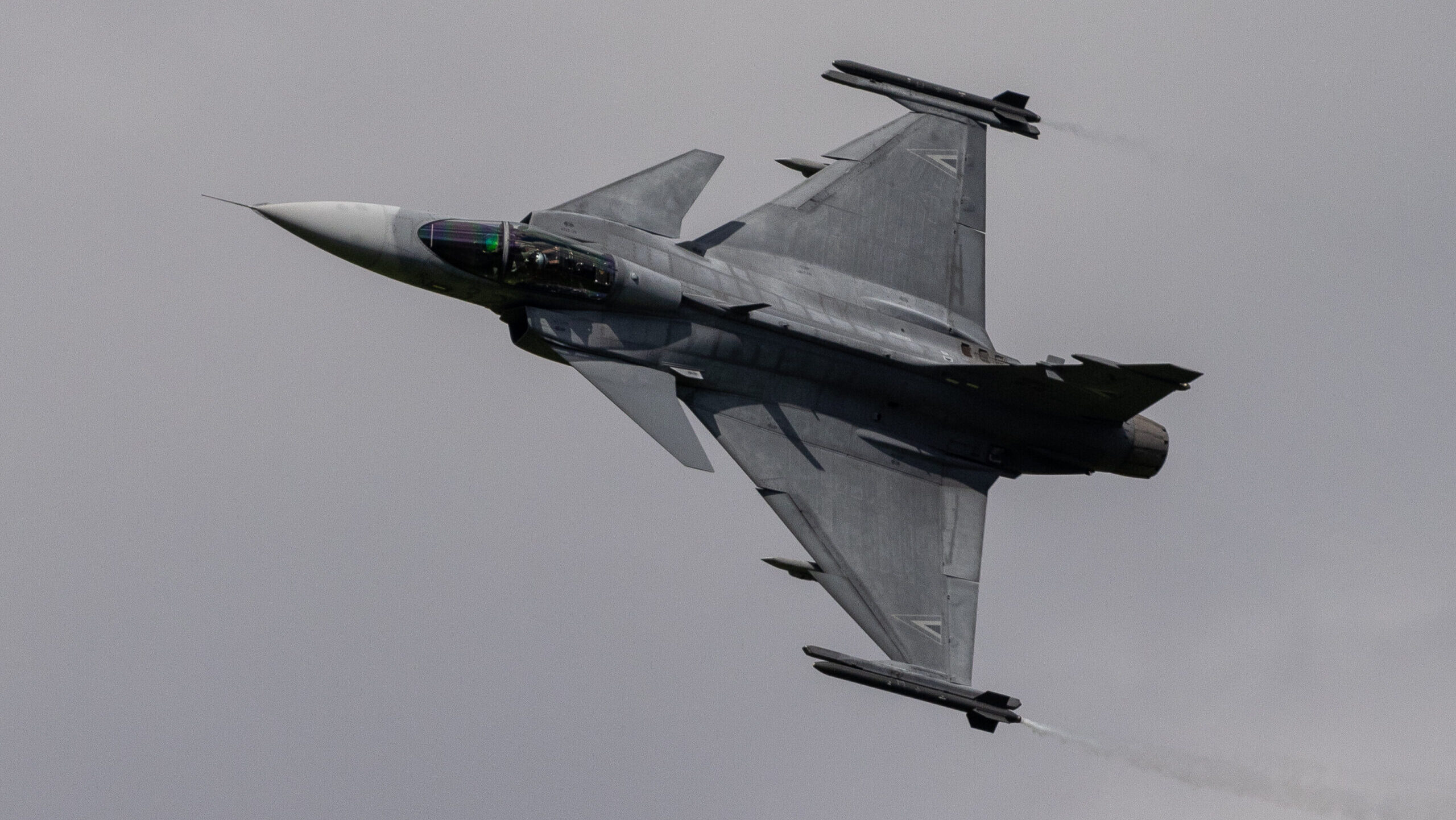














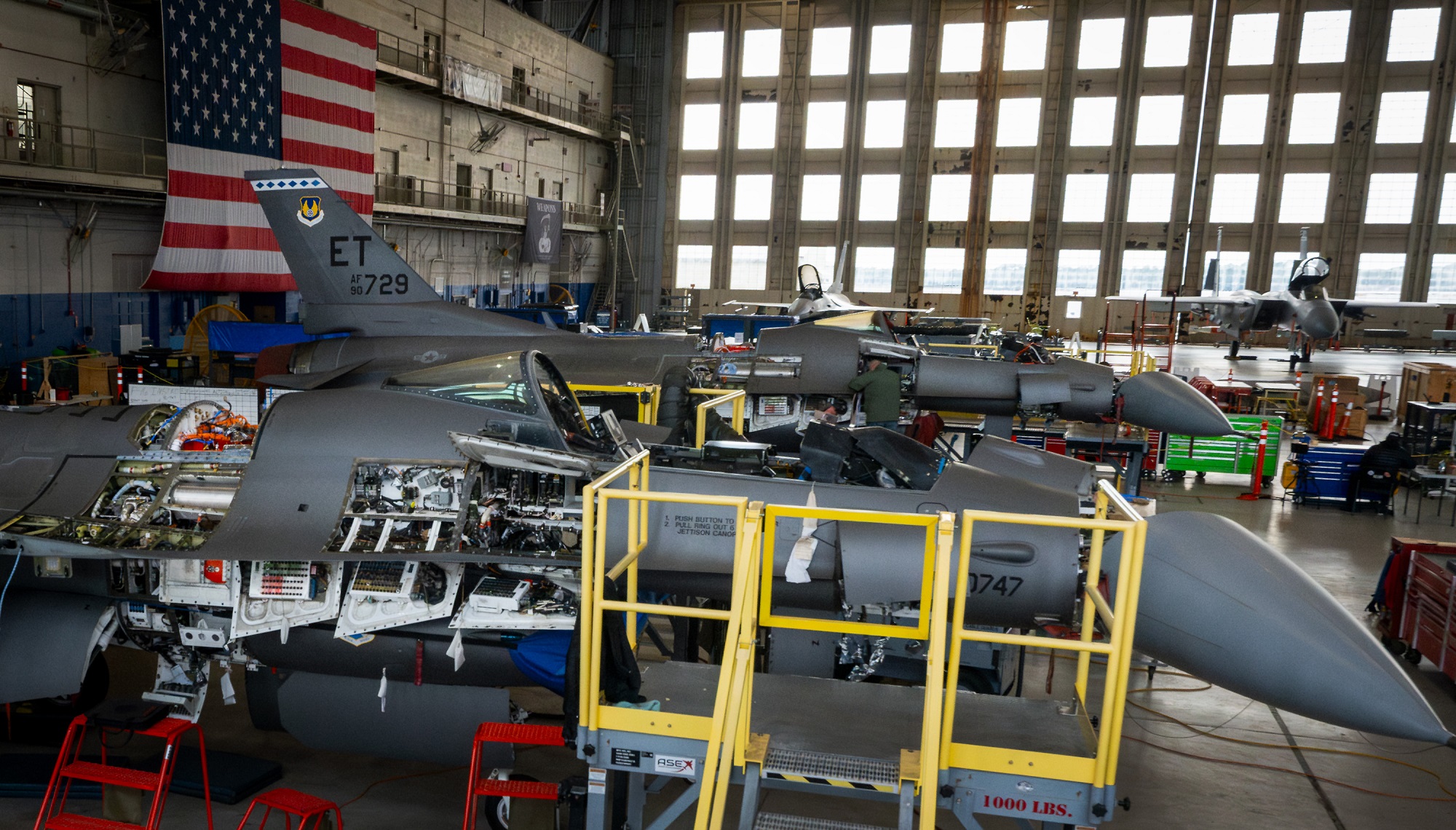











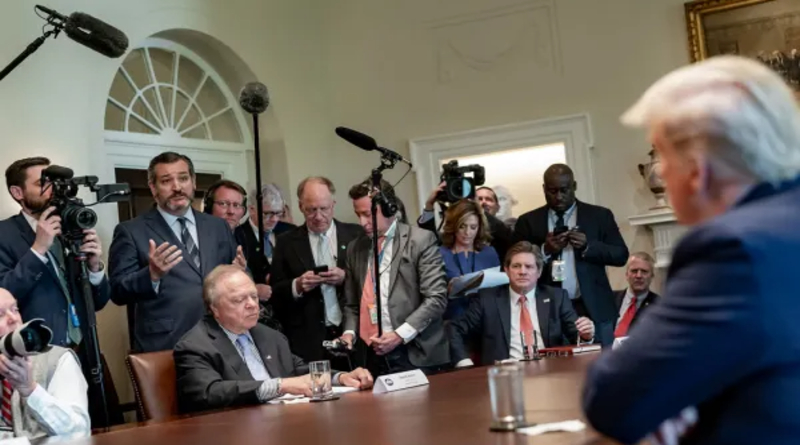



































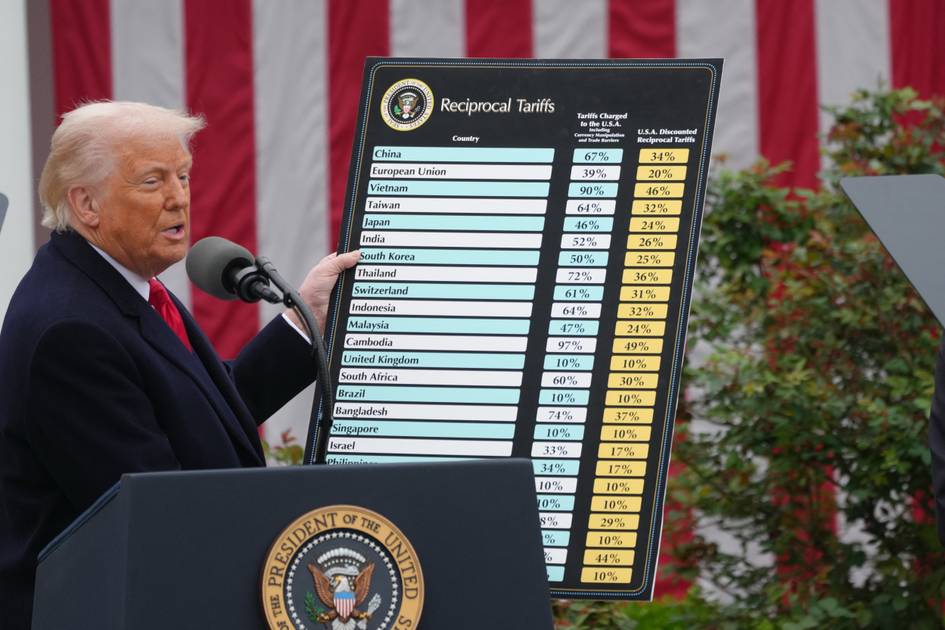

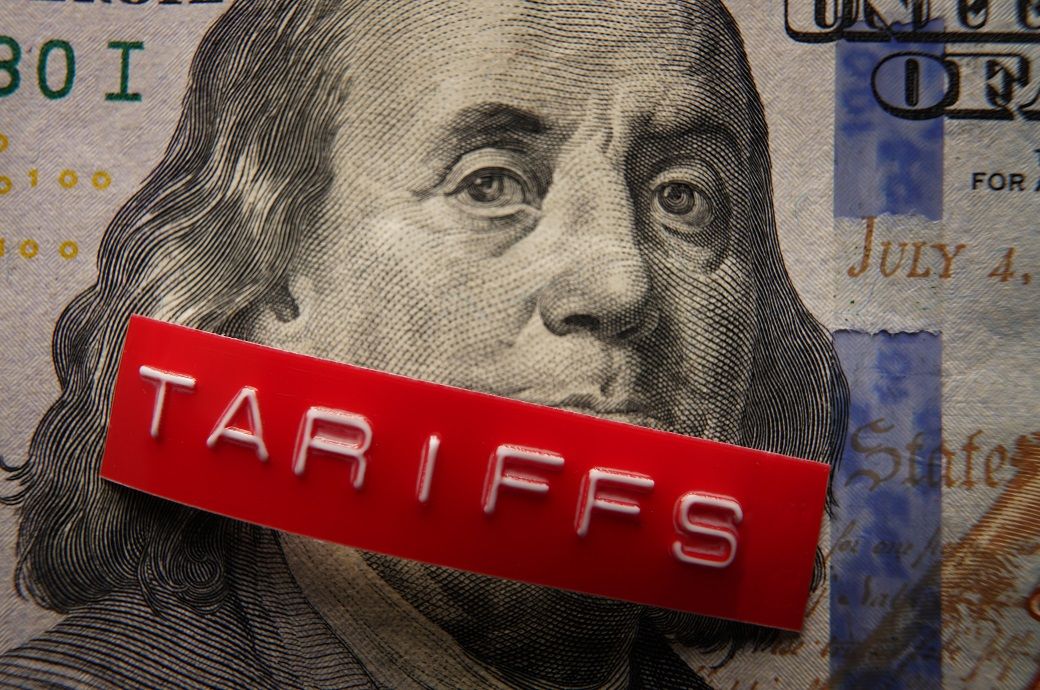









.jpg)









